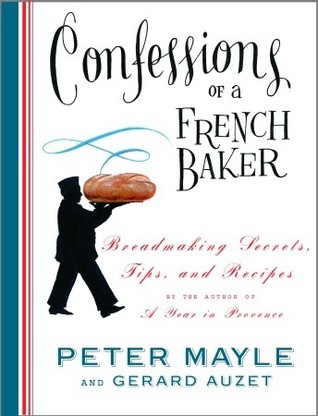What do you think?
Rate this book


91 pages, Hardcover
First published January 1, 2005
Cavaillon at four on that August morning was cool and ghostly. There were no cars, no noise, no people, no hint of the heat that would come with the morning sun. I was aware of hearing sounds one seldom hears in a busy town: the ticking of my car's engine as it cooled, the wailing of a lovelorn cat, the click of my own footsteps. I walked past shuttered stores and groups of cafe chairs and tables that had been chained up on the pavement for the night. It felt strange to have the street to myself.
[chapter 1: The Birth of a Loaf]
By his side was [...] a generous supply of precious and all-important levain. This is the starter, a mixture of natural yeasts and other microorganisms. It takes time to make, sometimes as much as twenty days. But it is the heart and backbone of good bread, the element of fermentation that, when added to dough, causes it to rise and gives it lightness and flavor. It is one of the oldest examples in the world of gastronomic magic.
[Chapter 2: Flour in the Blood]
[Gerard Auzet] tells me that anyone can make good bread.
"Even me?" I ask him.
He looks at me for a moment, and I can sense a certain amount of quite justifiable doubt. And yet, finally, he nods. "Even you," he says.
He goes on to explain that successful baking is largely a question of using only the best ingredients— nobles, sains, et frais are his exact words (noble, healthy, and fresh)
[Chapter 3: the breads, the recipes, the tricks of the trade]
the combined temperature [in Centigrade Degrees] of the air in the kitchen, the flour, and the water. For example: If the temperature in the kitchen is 20°C and the flour is 22°C, then the water needs to be 14°C. A degree or so of difference among these three doesn't matter as long as the total adds up to 56. And if your ingredients are as they should be, the rest, according to Gerard, is simple.
[Chapter 3: the breads, the recipes, the tricks of the trade]